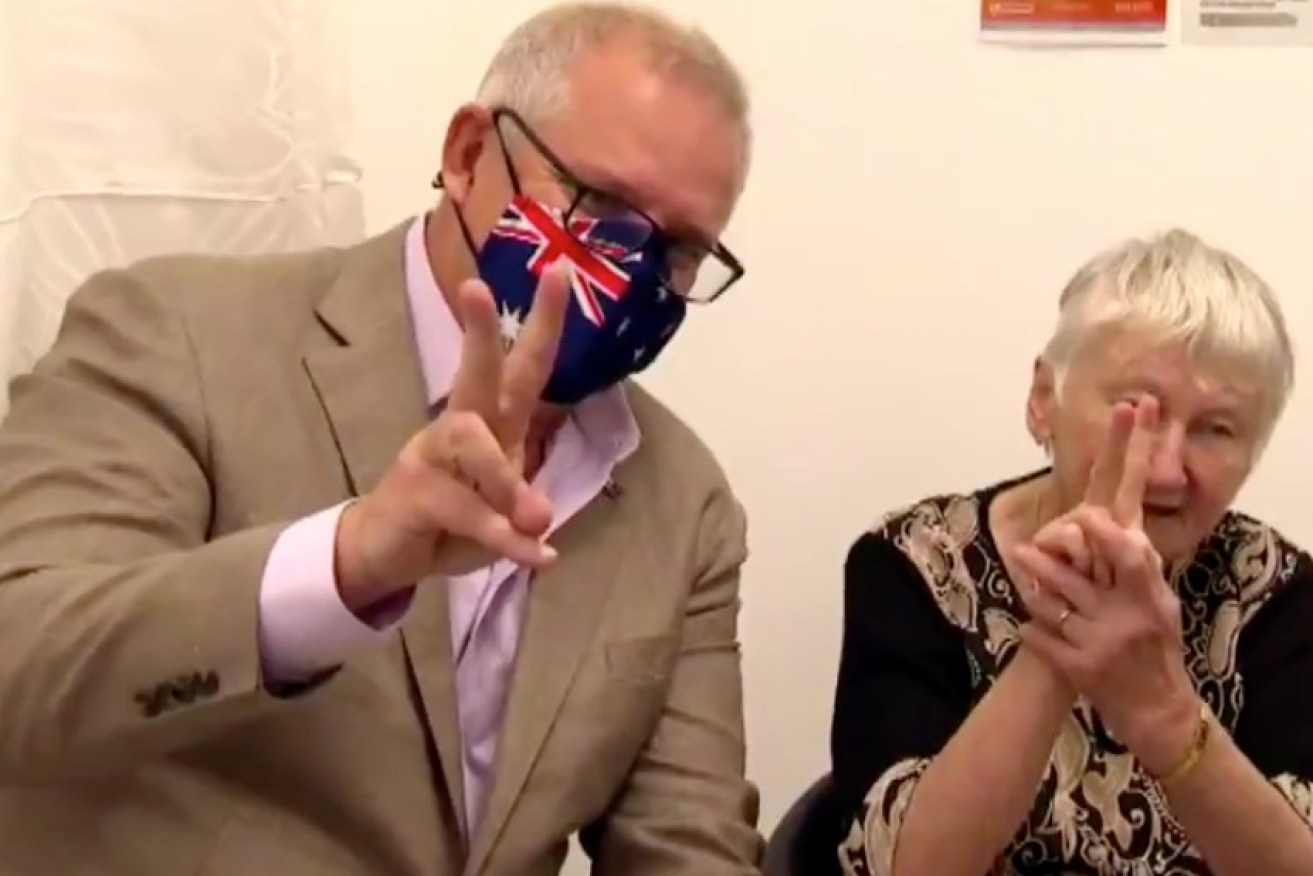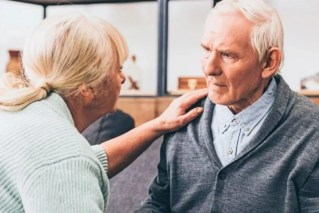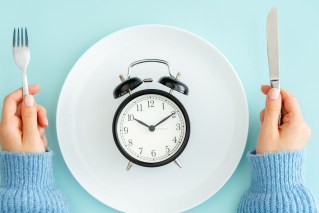Vaccine rollout on ‘training wheels’ and potentially compromised by greed


Scott Morrison with Jane Malysiak, the first person in Australia to get a COVID vaccination. Mr Morrison was the second.
Any confusion about Australia’s vaccine rollout can be attributed to its infancy, our leading medical body says, as the process is still “on training wheels” and hasn’t yet started on a major scale.
Large-scale vaccinations won’t begin until March 31, when locally manufactured AstraZeneca vaccines come off the factory line – one million a week of them.
The vaccination of frontline workers and people most at risk is relatively small scale – and has a had a few hiccups.
But what’s really happening, according to well-placed sources, is a wrangle by some doctors to corner the market, and run COVID-19 vaccinations in the same way they’d run a large-scale seasonal flu clinic.
And within that is a bitter argument over money.
The Australian Medical Association has appeared to negotiate a reasonable per-shot fee from the federal government – winning a hike on the original offer of about $24 for the first shot, to more than $30.75 per first shot in metropolitan areas.
(Rural practices get paid more.)
Metro GPs then receive $27.55 for the second jab, while all practices are eligible to receive an additional $10 Practice Incentive Payment (PIP) for patients who receive both doses at the same clinic.
If done after hours, there’s an extra $12 per jab.
It may not be as much as they’d have liked to secure, but it’s a lot more than what pharmacists are being paid – $16 for the first shot in metropolitan areas.
(Pharmacists won’t join the rollout until the end of May.)
The government is also providing all needles and syringes.

Frontline workers, including this Queensland nurse, have been receiving the Pfizer jabs for a week. Photo: Getty
Some doctors are complaining that it’s not enough money – and The New Daily understands the AMA and other groups are “concerned and frustrated” that what is meant to be a program in the national interest, is being compromised by “greed and self interest by a small minority”.
This isn’t a fight that the AMA wants out in the open.
Meanwhile, it’s perceived that this call for more money means the rollout could stall. That’s unlikely.
Here’s the main problem
AMA vice president Dr Chris Moy, who helped negotiate the payment deal, said the AMA is pushing to have as many GPs give vaccinations as possible – in order for patients to feel comfortable by being treated by their doctor.
But equally importantly, he said, maximising vaccination sites helps “to spread the risk” and avoid the kind of logjams that have bedevilled the rollout in Europe.
The problem, Dr Moy said, is “a lot of practices want to run it like a flu clinic, so you have all your patients waiting and do 10 or 12 vaccinations an hour … and end up doing a thousand a week.”
AstraZeneca is producing a million doses a week that need to be shared among the 4600 practices that have so far been accredited by the federal government.
If we round that up to 5000 – which is likely to be the case by the end of May, if not earlier – this means that on average there are only 200 doses a week for each practice.
“It will actually be less than that in the initial stages, because they’ll need to save some up for second jabs,” Dr Moy said.
But there will also be respiratory clinics that will need vaccine supplies.
These were clinics set up across the country to clinically assess people with mild to moderate COVID-19 symptoms.
These will be accessed by people who don’t have a normal GP, Dr Moy explained.

Aged-care resident Jane Malysiak received the first COVID-19 vaccine in Australia.
A side note here: For GPs to become vaccine-accredited they need to file an expression of interest with the federal government.
About 5200 practices have applied and 4600 have been approved.
Those knocked back failed to fill certain requirements, such as having adequate staff levels.
Down the track, probably by mid-year – when the bulk of the general public, those without special needs will get jabbed – even these practices will probably be accredited, Dr Moy said.
The other thing to keep in mind he said, is that “vaccination on a large scale hasn’t even started yet. It’s a system of training wheels – as you’d expect”.
Dr Moy wouldn’t be drawn on the question of some GPs being greedy, but noted: “It’s not a lot of money from the government, but it covers costs. And this isn’t a money-making exercise, it’s about protecting the community.”








